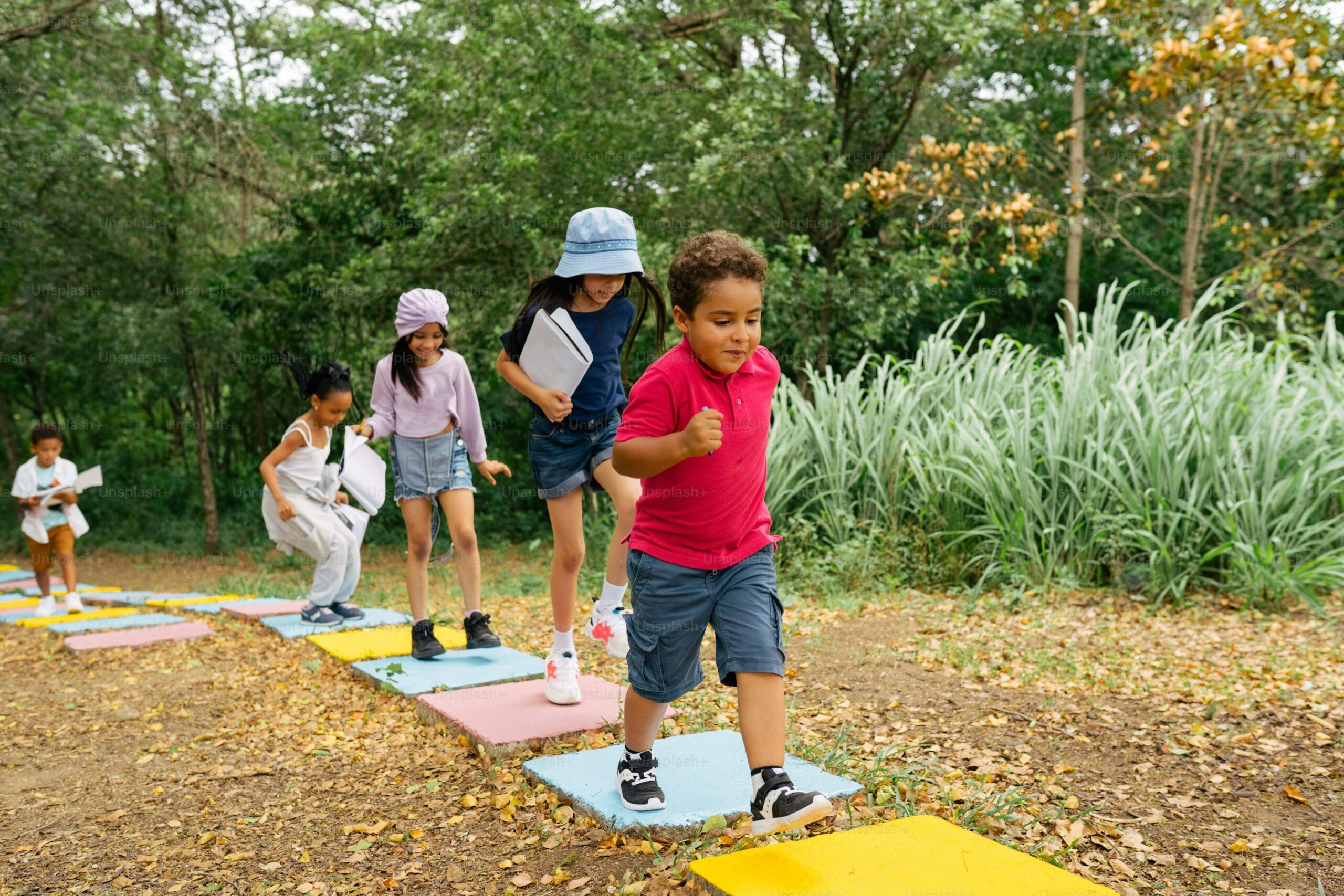Sensory Processing Part 2 – Visual Integration
In our last blog, we looked at the ideas of sensory integration and what it may mean for us, and those around us. As a review from last time, let’s revisit our simple little machine – keeping in mind that sensory integration is not that simple!
INPUT —> PROCESSING —> OUTPUT
Taking in sensory information from our environment (input) is so common for all of us! In fact, few of us even consider the job of taking in sensory information, and it so frequently happens without even thinking. For example, let’s consciously take in some sensory information and remember how easy it is for us:
To see things, we use our: EYES
To hear things, we use our: EARS
– So far, so good, right? Jump in when you know the words…
To smell things, we use our: NOSE
To taste things, we use our: TONGUE
– You’ve got it now! Keep it up!
To feel things, we use our: SKIN
We don’t really think about, or talk much about, the “Input” phase until something goes wrong. Interestingly, I bet you can name at least 5 people in your life that have difficulty with visual input. Know anyone that wears glasses? For many people in the US, correcting our vision is a relatively easy fix! So far, this sensory processing stuff is easy, right? Wait until we get to the actual “processing” piece – that’s when things get tricky.
Let’s take a deeper dive look at “visual integration.” Remember, as we talk about Visual Integration, we are talking about all parts of the simple machine. We’ve already covered “Input”, let’s talk about the “Processing” phase. Sensory processing is how we make sense of the input that’s coming at us. Let’s look at an example:

Anybody know what this little thingy is? If not, what’s the problem? You can see it, right? How come you don’t know what it is? Here’s another example:

Know what this is? Why is it that we can SEE something, but have no earthly idea what it is, what it might be called, or how to use it? Hmmm. Let’s try something the same, but different:

What do you see here? Is it a duck with its bill pointing to the right? Is it a rabbit looking left? Apparently, what we PERCEIVE something to be is a large part of the visual processing piece. These little examples have been fun, but let’s consider what happens to a sweet, intelligent little five-year old who is seeing the number “2” where the rest of see the letter “S”? What would you do and how would you feel if everyone around you, everyone you love and trust, told you that what you’re seeing is wrong? As you’re learning the names for things, you are seeing things/perceiving things different than everyone else.
It can be easily overwhelming and upsetting when visual processing becomes wrapped up in the intensity of the input – lights are too bright, colors are too washed out, or the situation is too busy. Our visual system is so important, it is even part of the language English-speakers use every day. “ See what I mean?”, “Look, I’m not trying to upset you”, “He is really blinded by jealousy”, “They can’t see the forest for the trees”.
Remember that visual processing is complex; there are different kinds of visual processing: speed, scanning, spatial awareness, visual memory, visual sequencing, visual closure and visual reasoning, just to name a few.
Now that we understand our friends and loved ones who struggle with some (or any) aspects of visual processing, let’s talk about what we can do about it. First, my grandmother used to say, “Forewarned is forearmed.” For the longest time I thought she was talking about general warnings about forearms – which is weird and made no sense – until I figured out that she was echoing Schoolhouse Rock’s “Knowledge is Power,” and Maya Angelou who said it best, “When you know better, do better.” Understanding our own challenges, and the challenges of our loved ones can help us become better communicators, better learners and teachers, and better people. If someone cannot visually process a map, give them directions verbally. If someone cannot find an item in the junk drawer, suggest a different organizational strategy.
Also, sometimes, we can work on strengthening visual processing by practicing. Playing matching games, using hidden picture activities, or creating/reading maps. Here are some fun games for kids and adults of all ages that work on visual processing: Set, Blink, Blokus, Q-Bits, Perfection, Othello, and many others.
Think about your own visual processing and the abilities of your family, friends and neighbors. “See” what you “think.” See what I did there? (and there).

